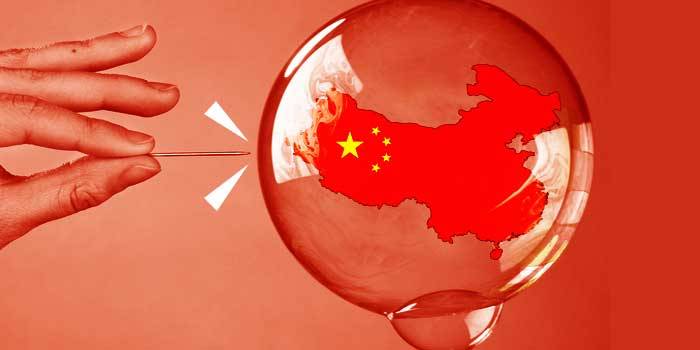What is the country debt trend? It’s simple; it is the return of bonds at different deadlines, noted also as yield curve. Usually, the yield curve has an increasing trend, because increasing the bond’s maturity; it will raise also the return of the bond. It is natural that if the date when bond is due is far, an investor will ask a higher return, called liquidity risk premium. This fact is a consequence of the unpredictability of future events, in particular of future interest rates and inflation.

The yield curve shows the expectations regarding the future interest rates. Therefore, the debt trend is very important and it may predict the future of a country.
When the curve is growing, it foresees an economic growth; on the contrary a decreasing represents a possible recession. This last instance is known as “inverted yield curve”.
Here, the short-term interest rates are higher than the long ones. In the last years, until two years ago, the Greek debt had been represented by this kind of curve: the 2-year Greek bonds returned 15%-20%, instead the 10-year bonds only 10%.
Nowadays, China, the second world economy after United States, is experiencing an inverted yield curve. The 1-year bonds pay more than the 10-year bonds.
This fact is very strange, because Chinese economy was going to raise and overtake the American one, so it was unlikely to forecast an Asiatic crisis or default.
But, few days ago, China was downgraded from “AA3” to “AA1” by the rating agency Moody’s and this hasn’t occurred since 28 years.
This reduction in grade and the delayed growth created anxiety and fear among investors. However these recent facts are not linked with a recession, but with technical issues, in particular with the regulations in the financial sector by the People’s Bank of China.
In the last months, the national bank has raised the overnight rates, in order to reduce the credit supply to avoid a bubble in the banking system and this has impacted especially on the short-term interest rates (and not on the long-term ones). In fact, the overnight rates are much more unpredictable than the others, and the action of central bank made the first part of the yield curve arisen, leaving the tail stable. In this way, the yield curve results flatter.
This represents a significant difference between the “Chinese case” and the “Greek case”. The Asiatic story is different, but it is necessary to monitor it in the near future, to be ready if the credit bubble will explode inside the future-first-economy of the world.
But, why did Moody’s downgrade China?

Even though, Chinese economy was still bull, the rating agency was afraid of a raise in default risk, which represents the possibility that the government will not be able to repay the national debt. Moody’s believed that the Asiatic financial holding will give up in the near future, due to a constant increase in debt and a stall in potential development (expected development account about 5%, instead nowadays is about 6.5%). In addition to this, there were (and there are) at least other two factors, which could explain the downgrade:
- The government’s purposes were too positive considering the actual potentialities;
- The Chinese economy is excessively related to government’s incentives, and consequently this results in a high leveraged (debt ration), due to a consistent number of investments financed by credit.
In China, the government defines the reduction in grade “unfitting”, because it believes that the downgrade overestimated the financial problems and undervalued the impact of the structural economic reforms, which are been launched by President Xi Jinping.
Actually, the Moody’s’ doubts had been already presented in the Chinese ruling class. In fact, few months ago, Xi Jinping stated that one of the more important issues regards the financial system risks. Moreover, others government officials affirmed that the leverage level was raising at an alarming pace. Therefore, the problems were for the entire world to see, and probably the answer of the Chinese president was only an attempt to limit the fear among investors.
Which are the options to avoid a Chinese crisis?
First of all, the authorities could halt the credit growth. In this way the economy will depend on consumes and not government’s incentives and the savings could go abroad. However, this action will involve many related problems.
Maybe, a better solution would be that China will take the majority of the national debt upon itself, restructure it and in future China will be the principal debtor. The national debt will increase, but the debtor will be the most creditworthy of the country. At the same time, the private economy could adapt to the market signals.
If the indebtedness went rapidly up, the Chinese economy would reach 6% of growth. This process will take time (probably more than a decade), will the debt increase be supported for the all period? The answer will be clear in the next ten years.
Visits: 608

